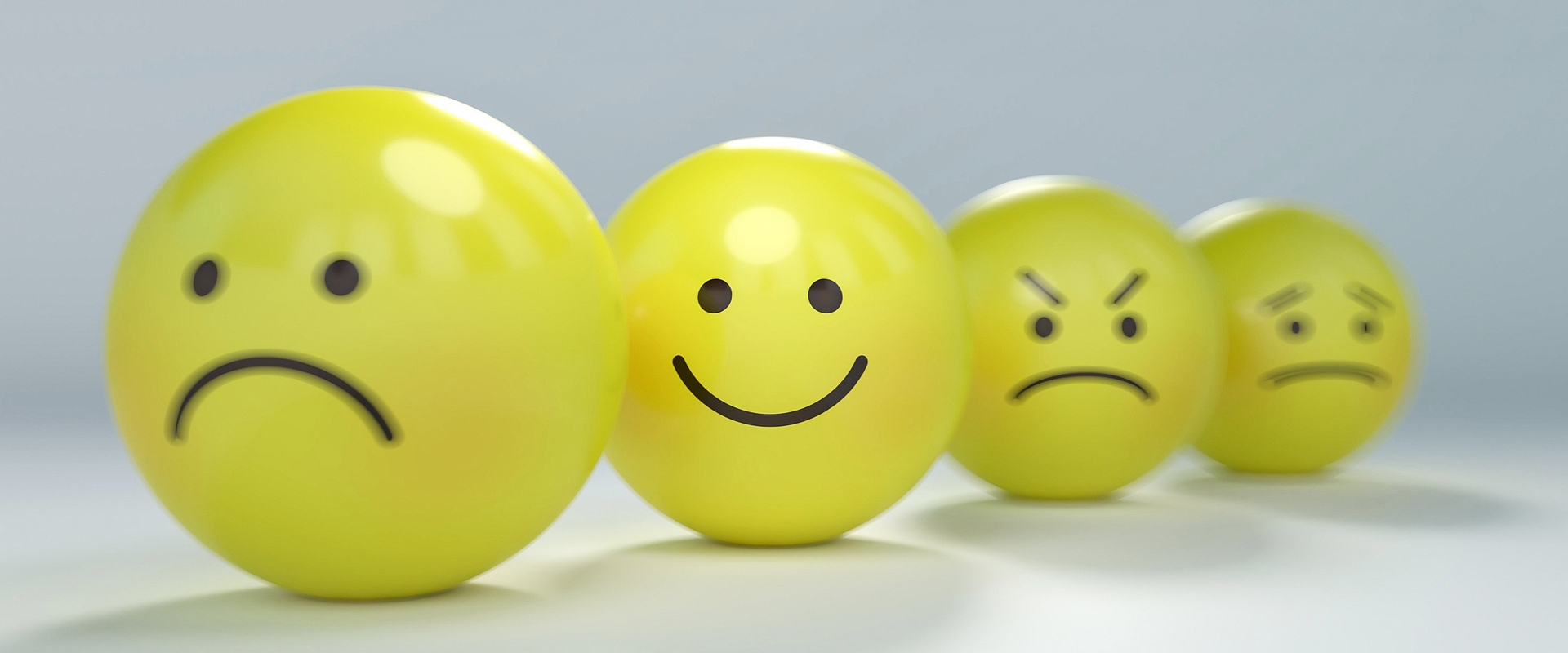
We are fascinated by happiness, that elusive life goal. Why are some people –and entire countries –happier than others? Are married people happier than the unmarried? Are parents happier than those who have no children?

The results of happiness surveys are more than a favorite Internet trending topic; they could have a profound effect on public policy, if more countries follow the United Kingdom’s lead. The U.K. tried replacing gross domestic product (GDP) with a happiness scale, a premature endeavor, according to research published by Purdue Associate Professor of Economics Dr. Timothy Bond.
Key findings from his paper, “The Sad Truth about Happiness Scales,” published in the Journal of Political Economy, include:
There is a push in some circles to make governments create national happiness indices, and calibrate policy to these indices, rather than to GDP. While GDP has issues, creating a national happiness scale would be “jumping the gun,” Bond says.
Can Happiness Be Measured?
How well can happiness be measured? Can the United Nations, to choose just one entity reporting on happiness, definitively say that Finland is the world’s happiest country, as its 2019 World Happiness Report found?
Bond and coauthor Kevin Lang of Boston University found that it is nearly impossible to draw definitive conclusions from happiness surveys. And understanding the limitations of measuring happiness is crucial when considering replacing GDP with a happiness index.
One problem with measuring happiness is that the surveys use an ordinal scale. In an ordinal scale, it is not possible to quantify the difference between values. So, in a question that asks: How do you feel? (a) very happy; (b) pretty happy; (c) not too happy, the magnitude of emotion between “very happy” and “pretty happy” and so on are not known –and they must be known and exactly equal for an accurate ranking to occur.
To accurately measure, researchers need to know what’s going on inside these three categories. People experience happiness along a continuum and we do not know what the distribution of that continuum is within each happiness category.
For example, it could be the case that Ghana has more “very happy” individuals than the United States, but the Ghanese are all on the border between “very happy” and “happy” while Americans are all “ecstatically happy” --thus the average happiness of Americans is actually higher.
Flipping Results
In their research, Bond and Lang found that essentially every ranking prominent in the happiness literature could be re-versed by alternative assumptions about how happiness was distributed within the categories “very happy,” “pretty happy” and “not too happy.”
The researchers used data, common in happiness literature, from four major sources, including the General Social Survey, the most widely used data to study happiness in the United States. The survey has been collected annually or biennially since 1972 and uses a 3-point scale that asks “Taken all together, how would you say things are these days –would you say that you are very happy, pretty happy, or not too happy?”
Other data sources publish results from across a large number of nations.
Bond’s research shows that it is essentially impossible to rank two groups on the basis of their mean happiness using the types of survey questions prevalent in the literature, and that calls to replace GDP with measures of national happiness are premature.